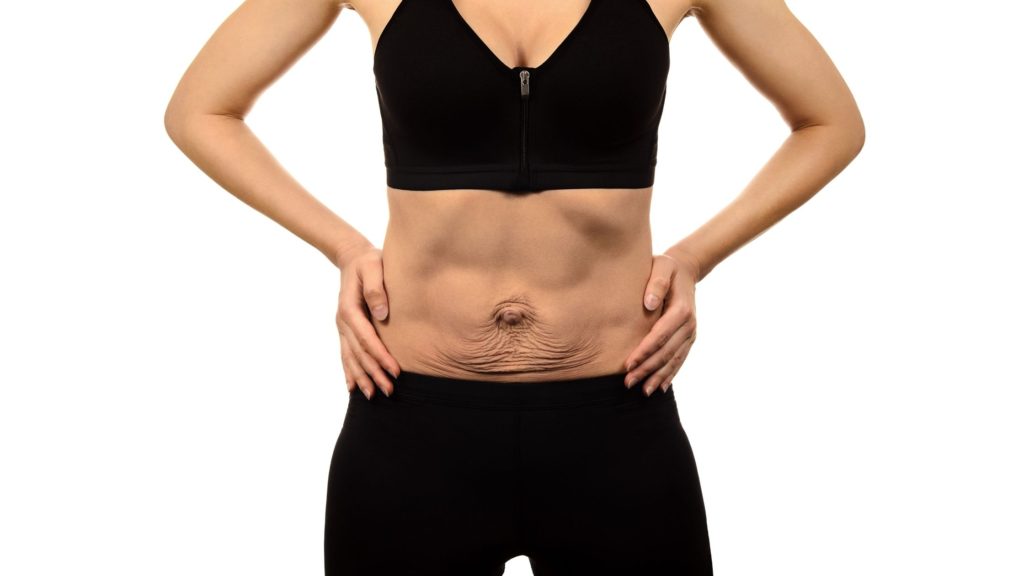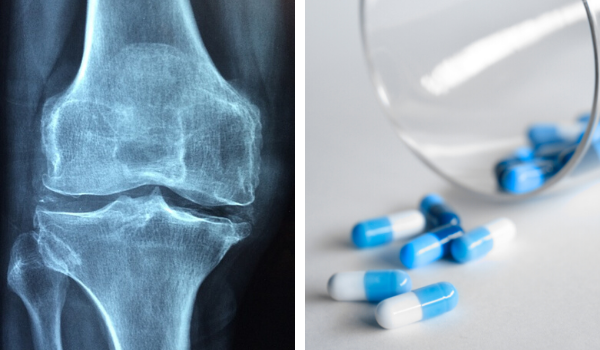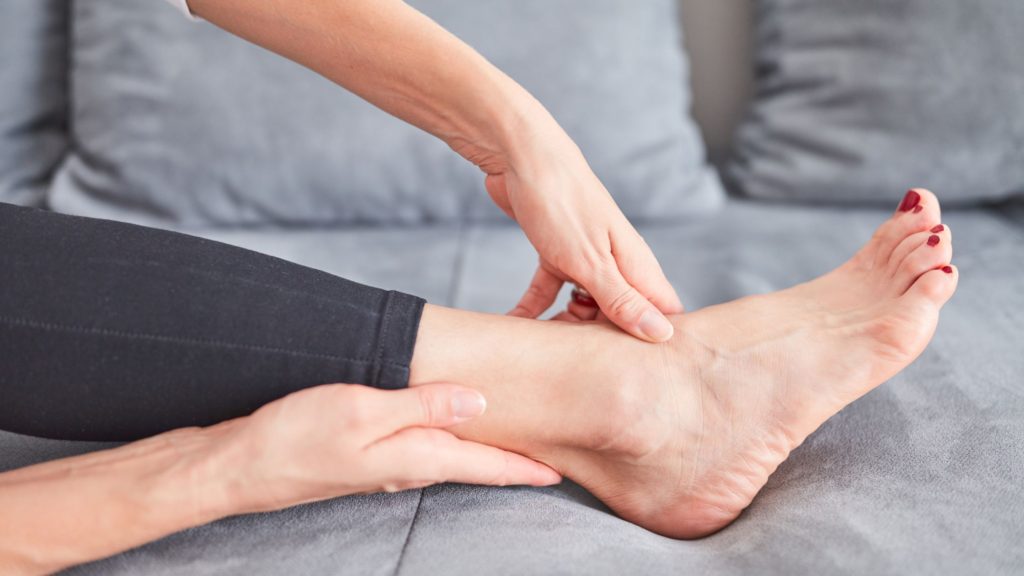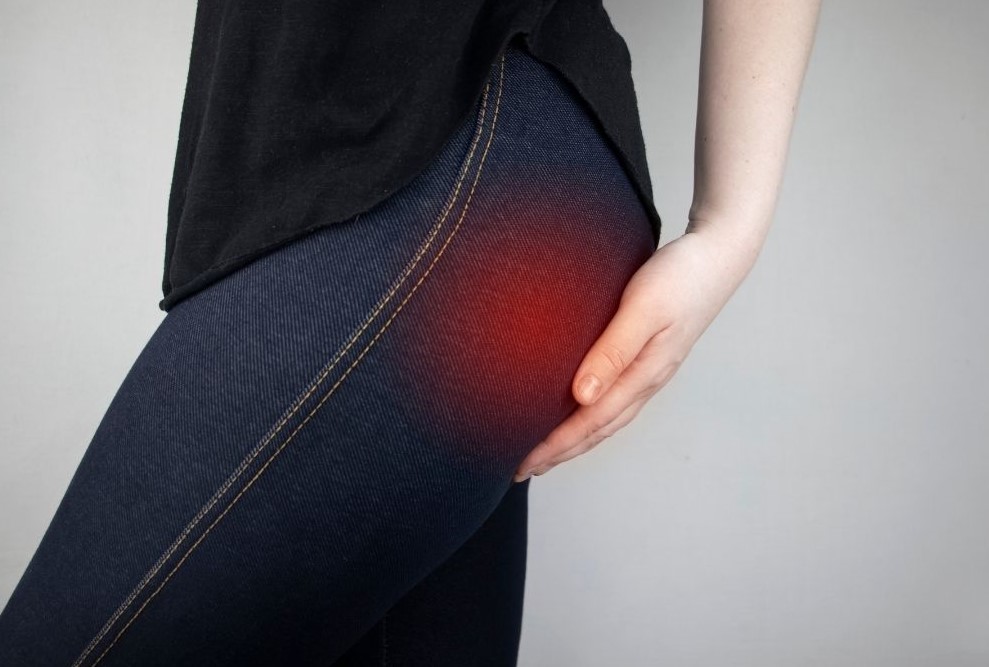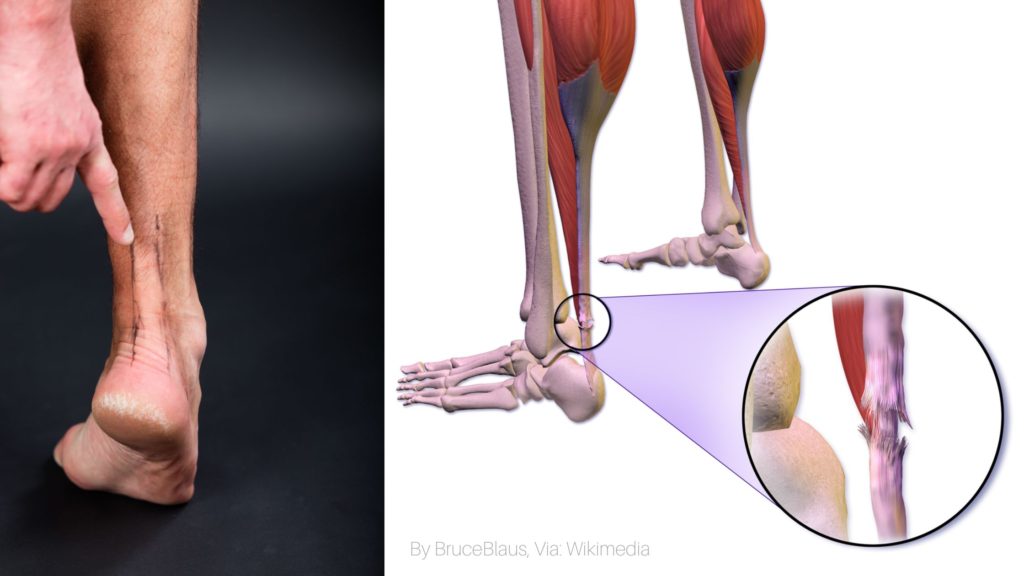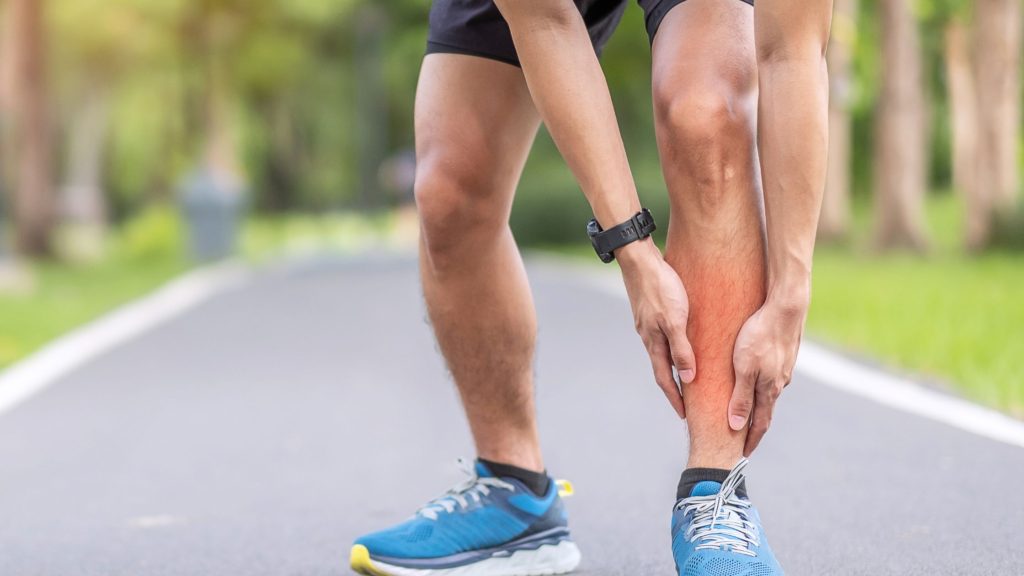Last updated on April 19th, 2025 at 12:25 pm
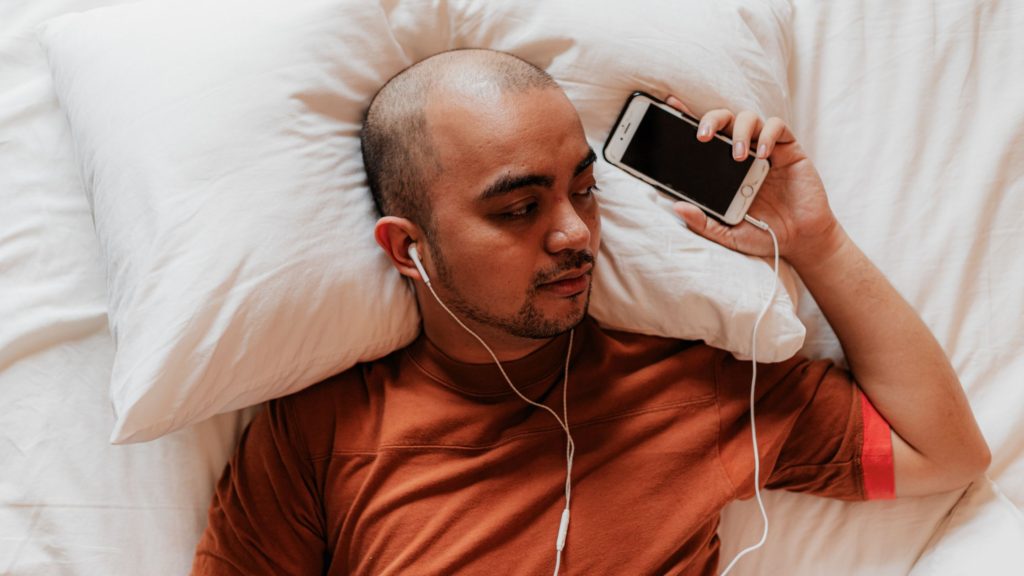
New research has found that combination therapy of sound and electrical stimulation can bring drastic relief to chronic pain and provides a non-invasive/non-surgical option for treating chronic pain. Common musculoskeletal chronic pain conditions you might be suffering from are chronic low back pain, osteoarthritis knee, rheumatoid arthritis etc. In physiotherapy, electrical stimulation like TENS and IFT (Interferential Therapy) is a prominent method of treating chronic pain. This latest study conducted at the University of Minnesota, published in the Journal of Neural Engineering was performed on guinea pigs and has the potential to change the way of chronic pain treatment and can benefit millions of chronic pain sufferers worldwide.
In this article, we will try to understand everything about this research, so let’s get started.
What’s chronic pain?
Chronic pain is the pain that lasts for 3 months or that recurs after 3 months. It significantly and negatively affects sufferers’ physical, emotional and financial well-being. Globally, 37.3% of the population in developed countries and 41.1% in developing countries are suffering from chronic pain2.
The most common chronic pain condition we get to deal with in our physical therapy centre in India is, knee osteoarthritis, chronic back pain, muscle knots/ fibromyalgia and frozen shoulder. However, chronic pain is not limited to this, the other conditions are:
- Ankylosing spondylitis
- Rheumatoid arthritis
- Migraine
- Diabetic neuropathy
- Piriformis syndrome
- Plantar fasciitis
- Inflammatory bowel disease
Chronic pain is commonly presented as a result of injury or disease. However, chronic pain in itself is a separate entity and not merely a symptom of injury or ailment3. Let me simplify this for you, suppose you injured your thumb. The sensation of pain is carried by somatosensory pathways to the brain, at the brain the somatosensory cortex perceives this sensation as pain sensation and we feel pain. But somehow if this pain doesn’t go away for more than 3 months it causes neuroplastic changes in the somatosensory pathway.
Now, although chronic pain could be initiated by peripheral damage, it is actually driven by neuroplastic changes that occur within neurons or a network of neurons across the somatosensory pathway up to the somatosensory cortex1. And now chronic pain becomes a separate entity.
The present study aims to alter the activity of somatosensory pathways thereby bringing positive change (neuromodulation) in the somatosensory cortex (a region in the brain) to cure chronic pain.
Sound & electrical stimulation for chronic pain
Actually, bimodal neuromodulation is already known to treat other chronic conditions. For a person suffering from tinnitus, it is already known that combined sound and body stimulation can modulate the auditory pathway and lead to significant improvements in tinnitus symptoms.
Recently, a company called Cala Health has developed a device to treat tremors1. This device provides electrical stimulation of the wrist to activate somatosensory and motor pathways to modulate abnormal brain networks to treat essential tremors.
This multisensory integration is also present in our normal life. For example when we see and hear the metallic bell hanging on a temple or church. The visual sensory input of the bell and the acoustic sensory input of the sound of the bell are together processed in our brain, which can contribute to our recognition of how the visual perception of an object correlates with the sound the object makes.
Researchers were curious whether this bimodal stimulation can help in curing chronic pain. Interestingly, a different study found that behavioural therapy can cure chronic low back pain.. They wanted to find out whether we can use sound sensory and electrical stimulation sensation to bring any positive change to the somatosensory cortex of the brain.
For this researchers first choose to perform the research on guinea pigs, the research is still in the animal model stage. They first mapped the different parts of the body from where the electrical stimulation can be given. They choose various body parts of the pigs including tongue, neck, left and right shoulder, left and right arm, back, left and right hind leg, and left and right hind paw.
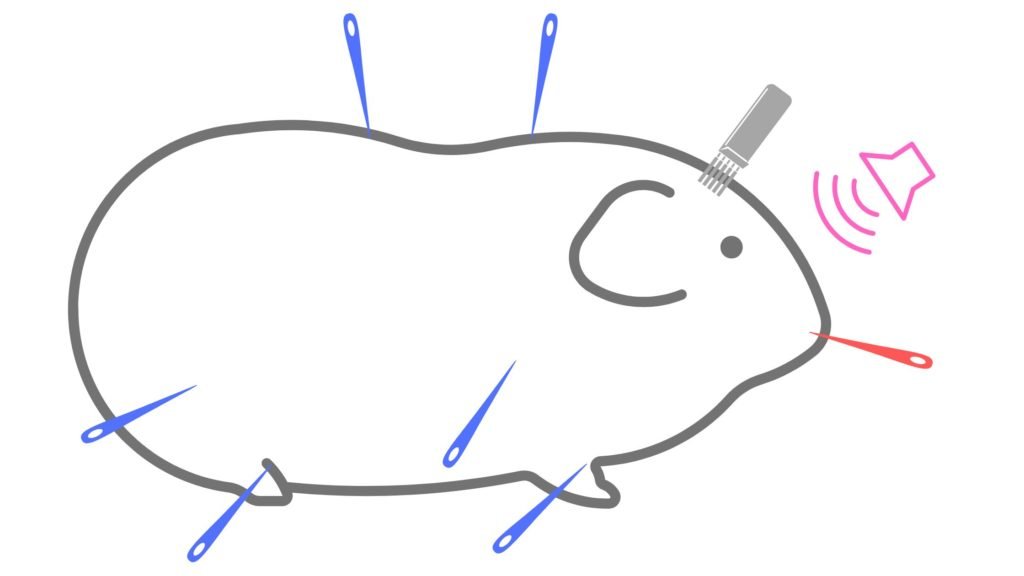
Scientists choose to use the subdermal needles for stimulation. Subdermal needles are the needles that it doesn’t go much deeper into the skin and it is less painful it is often used for acupuncture treatment in human. The researchers placed the subdermal needles on one body side let us take the left side, on the contralateral side that is on the right side they gave auditory stimulation through the ear using broadband noise using a speaker.
Now the bimodal neuro modulation research was ready. Through the needles, electrical stimulation was given and through the ears, auditory stimulation was given. Both signals will travel through the somatosensory pathway to the somatosensory cortex in the brain.
Researchers also place an electrode in the head connected to an external recording system to study the signal activity at the somatosensory cortex in five animals. They mapped somatosensory and auditory activation in the somatosensory cortex and collected the data for interpretation.
The scientist took the readings and then interpreted and the results were surprising.
Result| what this means to chronic pain sufferers
According to the researchers when only one single stimulation, ie, when only acoustic stimulation was given to the pigs it can only stimulate a small part of the somatosensory cortex. However, all the part of the somatosensory cortex were altered and modulated when both the electrical stimulation and the auditory stimulation was given to the guinea pig. The results were extremely encouraging as this altering of the somatosensory cortex can give relief to chronic pain.
This is a non-invasive technique, which means there is no surgery involved in this procedure. In future, if this model is successfully tried in human study then it can give relief to all chronic pain sufferers over the globe without dependence on medicine and can change chronic pain care plan.
The author is a physiotherapist who has been practising for the last 17 years. He holds a Bachelor's in Physiotherapy (BPT) from SVNIRTAR (Swami Vivekananda National Institute of Rehabilitation and Research), one of the prestigious physiotherapy schools in India.
Whatever he learns dealing with his patient, he shares it with the world through blogs and e-books. He also owns a YouTube channel, "Sunit Physiotherapist" with over 8 lakh active subscribers. Here, he shares everything he gets to learn serving the patient.
